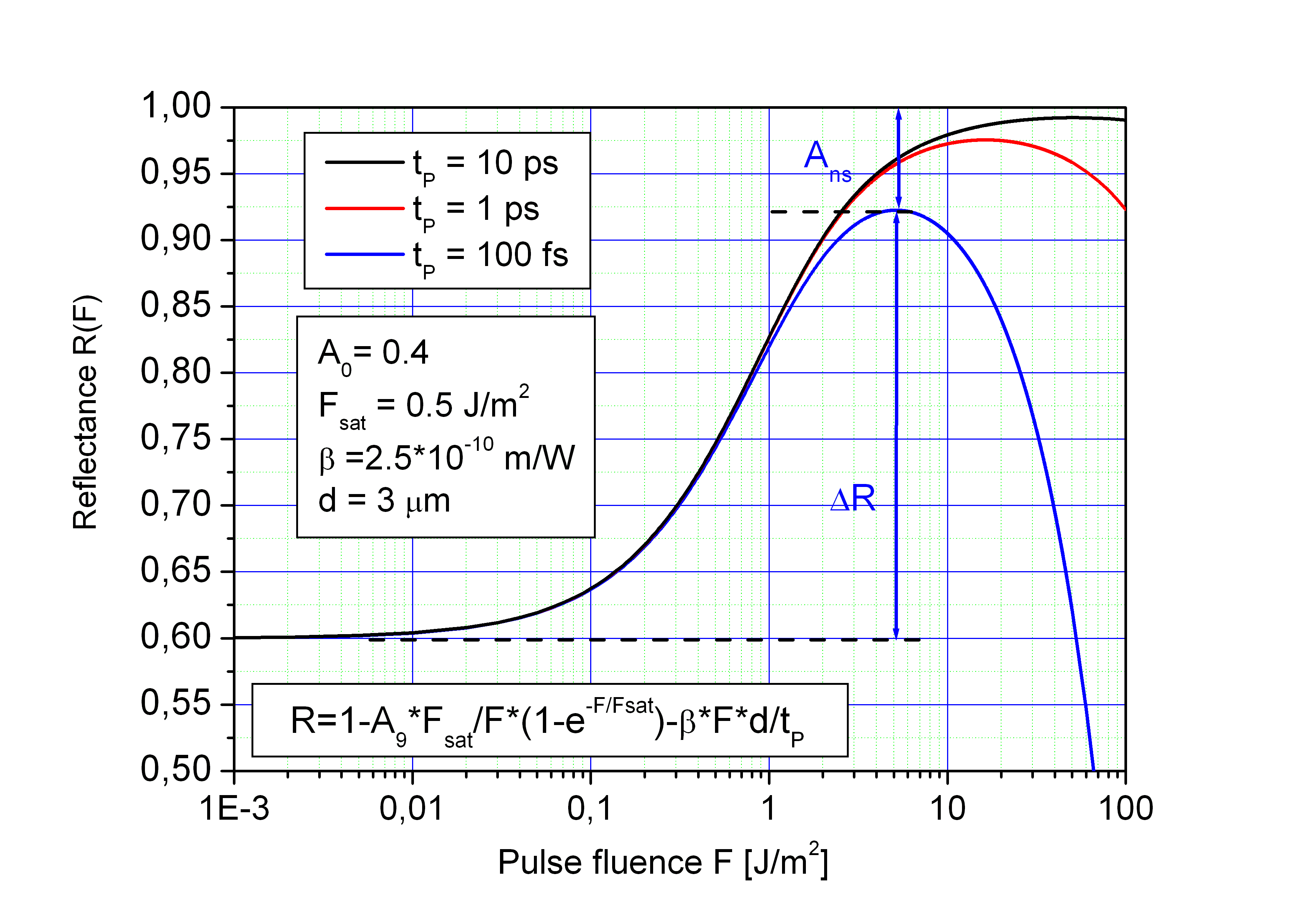Contents

Source: YouTube
Semiconductor Saturable Absorber Mirrors (SESAMs)
A semiconductor saturable absorber mirror (SESAM) is a mirror structure that incorporates a saturable absorber, typically made using semiconductor technology. These devices are commonly used for generating ultrashort pulses through passive mode locking in various types of lasers.
Structure of SESAMs
A typical SESAM consists of a semiconductor Bragg mirror and a single quantum well absorber layer. The Bragg mirror materials have a larger band gap energy to minimize absorption in that region. For higher modulation depth, thicker absorber layers or multiple quantum wells can be used. A passivation layer on the top surface can enhance device lifetime.
Operation and Design
SESAMs can be designed with resonant or nonresonant cavities, influencing modulation depth, saturation fluence, and bandwidth. The optical intensity distribution within a SESAM affects modulation depth and saturation fluence. The design parameters can be varied to tailor the device for different operational regimes.
Physical Mechanism of Saturable Absorption
Saturable absorption in SESAMs is related to an interband transition, where absorbed photon energy excites electrons from the valence to the conduction band. The absorption saturation occurs at high optical intensities due to electron accumulation in the conduction band. The recovery time after saturation is influenced by carrier recombination.
Important Properties of SESAMs
Key characteristics of SESAMs include modulation depth, saturation fluence, and recovery time. Modulation depth depends on absorber thickness and material, while saturation fluence is the pulse fluence needed for absorption saturation. The recovery time can range from picoseconds to hundreds of picoseconds.
Applications and Future Developments
SESAMs are widely used for passive mode locking and Q switching in lasers, offering self-starting mode locking and adaptability to various laser parameters. Future developments aim to optimize SESAMs for high-power lasers by minimizing thermal effects and enhancing performance through innovative design and material choices.
In conclusion, semiconductor saturable absorber mirrors play a crucial role in generating ultrashort pulses in lasers, with ongoing research focused on improving their efficiency, power handling capabilities, and versatility in laser applications.

Source: www.batop.de
Feel free to comment your thoughts.



